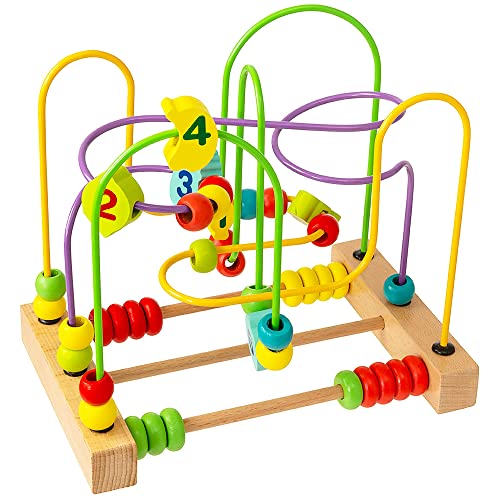Choosing the Right Beads for Embroidery
When incorporating beads into your embroidery projects, it is important to choose the right type of beads that will enhance your design and add a beautiful touch to your work. There are various factors to consider when selecting beads for embroidery:
- Size: Beads come in different sizes, ranging from seed beads (tiny beads with a diameter of less than 2mm) to larger beads. Consider the size of the beads in relation to the size of your embroidery design. Smaller beads are ideal for intricate details, while larger beads can make a bold statement.
- Material: Beads can be made from various materials, such as glass, metal, wood, or plastic. Glass beads are popular for their clarity and shine, while metal beads can add a metallic or vintage look to your embroidery. Consider the overall aesthetic you want to achieve and select beads accordingly.
- Color: Beads come in a wide range of colors, allowing you to match them to your embroidery design or create contrasting effects. Consider the color scheme of your embroidery and choose beads that complement or highlight the colors used.
Techniques for Bead Embroidery
There are various techniques to incorporate beads into your embroidery projects. Here are three commonly used techniques:
- Single Bead Embroidery: This technique involves individually placing beads onto the fabric and securing them with stitches. You can use a single bead as a focal point or create intricate patterns by stitching a series of beads together.
- Bead Embroidery Stitches: Beads can be incorporated into traditional embroidery stitches, such as the backstitch, seed stitch, or French knot. Simply thread a bead onto your embroidery thread before stitching it onto the fabric, creating a decorative effect.
- Beaded Appliqué: Beads can also be used to create appliqué designs. Stitch beads onto a separate piece of fabric in a desired pattern, and then attach the beaded fabric onto the main embroidery piece using stitches or fabric glue.
Adding Beads to Existing Embroidery
If you have already completed an embroidery project but want to add beads for extra embellishment, it is possible to incorporate beads into the existing design without starting from scratch. Here’s how:
- Decide on the areas of your embroidery where you want to add beads. It could be specific details, borders, or even the entire design.
- Using a small, sharp needle, thread a beading needle with a thin, strong thread or embroidery floss that matches the color of your existing embroidery.
- Carefully insert the beading needle through the fabric from the back to the front, positioning it exactly where you want the bead to be placed.
- Thread the bead onto the needle and push it down to the fabric. Make sure to hold onto the thread tightly to prevent the bead from slipping off.
- Bring the needle and thread back through the fabric right next to the bead, creating a secure stitch. Repeat this process for each bead you want to add.
Enhancing Beaded Embroidery with Other Techniques
Incorporating beads into embroidery opens up endless creative possibilities. To enhance your beaded embroidery even further, consider incorporating other techniques, such as:
- Sequins: Combine beads with sequins to add extra sparkle and texture to your embroidery. Sew the sequins onto the fabric, and then secure beads in the center or around the edges for a dazzling effect.
- Thread Painting: Combine beadwork with thread painting techniques to create realistic or dimensional designs. Use different shades of thread and beads to create depth and texture in your embroidery.
- Ribbon Embroidery: Combine beads with ribbon embroidery to create a luxurious and three-dimensional effect. Thread beads onto the ribbon and sew the ribbon onto the fabric, creating textured floral motifs or decorative borders.
Finishing and Caring for Beaded Embroidery
Once you have finished incorporating beads into your embroidery, it is important to properly finish and care for your work to ensure its longevity:
- Secure Beads: Make sure that all beads are securely attached to the fabric. Double-check stitches and knots to ensure they are tight and will not come loose over time.
- Clean with Care: If your beaded embroidery gets dirty, clean it gently by dabbing with a damp cloth or using a mild detergent. Avoid submerging the embroidery in water, as it may damage the beads or the fabric.
- Store Properly: To prevent beads from being crushed or tangled, store your beaded embroidery in a flat position or roll it up carefully. Consider placing a layer of acid-free tissue paper between folds to protect the beads.
- Display with Care: If you decide to frame or display your beaded embroidery, choose a frame with protective glass that will prevent dust and damage. Keep it away from direct sunlight, as it can cause colors to fade and beads to deteriorate.






